Topic 1
Develop a Plan
Reforestation is a complex and long-term process. It requires careful planning, commitment, and getting the right resources.
12 Min Read
Don't let reforestation overwhelm you. Get started on forest recovery with the right resources, tools, and knowledge to lead to success.
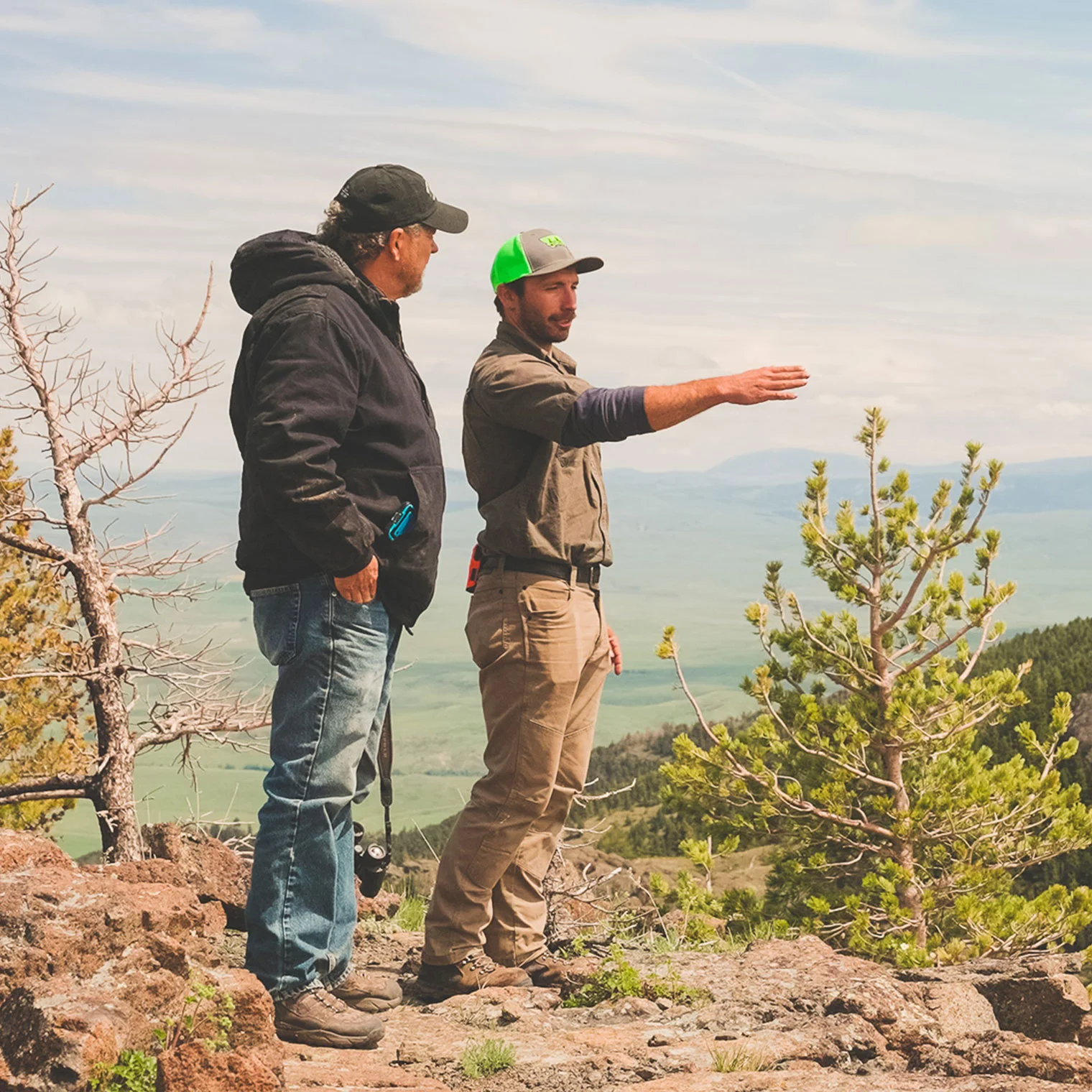
Reforestation is a complex and long-term process. It requires careful planning, commitment, and getting the right resources.
12 Min Read
Think about your goals as a landowner
Deciding short and long term goals for your land will lead to a successful project and satisfied landowners. Review this section to learn about the possibilities for your forest, and what goals you might consider beyond just replanting trees.
Your goals will inform your reforestation plan. Setting goals helps landowners and foresters understand potential compromises, the commitments in time and cost, identify constraints, and determine what will be realistically possible.
As a forest landowner, in addition to planting trees, some goals to consider are:
To set goals, think about the land’s history and capabilities, as well as what you - the landowner - value about the property.
Understanding a forest landowner’s values, knowledge, and expectations
Understanding nonindustrial forest landowner’s values will help shape the project and ultimately lead to success. This may require teaching landowners how to rebuild a strong, healthy forest. Therefore it can be essential to work with a professional forester who can provide expertise, while setting expectations of the long timeline for reforestation.
Forest landowners tend to be family-oriented and have strong ties to their land, valuing the solitude, beauty and environmental benefits provided. However, being affected by wildfire can leave an emotional toll on landowners, with deep lasting impacts.
“The biggest loss for my family, and me in particular, was emotional—the structures I could’ve cared less about, it was the trees that really broke my heart. Trees that I grew up with.”
There may be a strong desire to get a forest back to its pre-fire state. However, before the fire the forest might not have been healthy, and returning to the same forest could mean a future disaster. It is essential for landowners to work with a professional forester to rebuild a healthy, resilient forest.
Setting expectations for landowners can also be critical to avoid feelings of distress and frustration when the reforestation project ultimately takes as long as it does. Unless there are already contractors and seedlings secured, it can take 2-5 years before work begins. Providing a general timeline upfront can help landowners understand the long time horizons for reforestation projects, and spur discussion on what can go wrong and cause a delay.
What a healthy forest means
Healthy forests are abundant with plant and animal life. It’s more than just a forest thick with trees. Understanding the components will lead to long-standing trees, clean water, and habitat for a wide variety of flora and fauna.
Establishing a healthy forest involves several key components:

A healthy forest contains a unique community of plant and animal species that have evolved interrelated processes and dependencies that provide the structure and function of a healthy system. This promotes ecological balance and stability, resilience to pests and diseases, and provides habitat for wildlife.
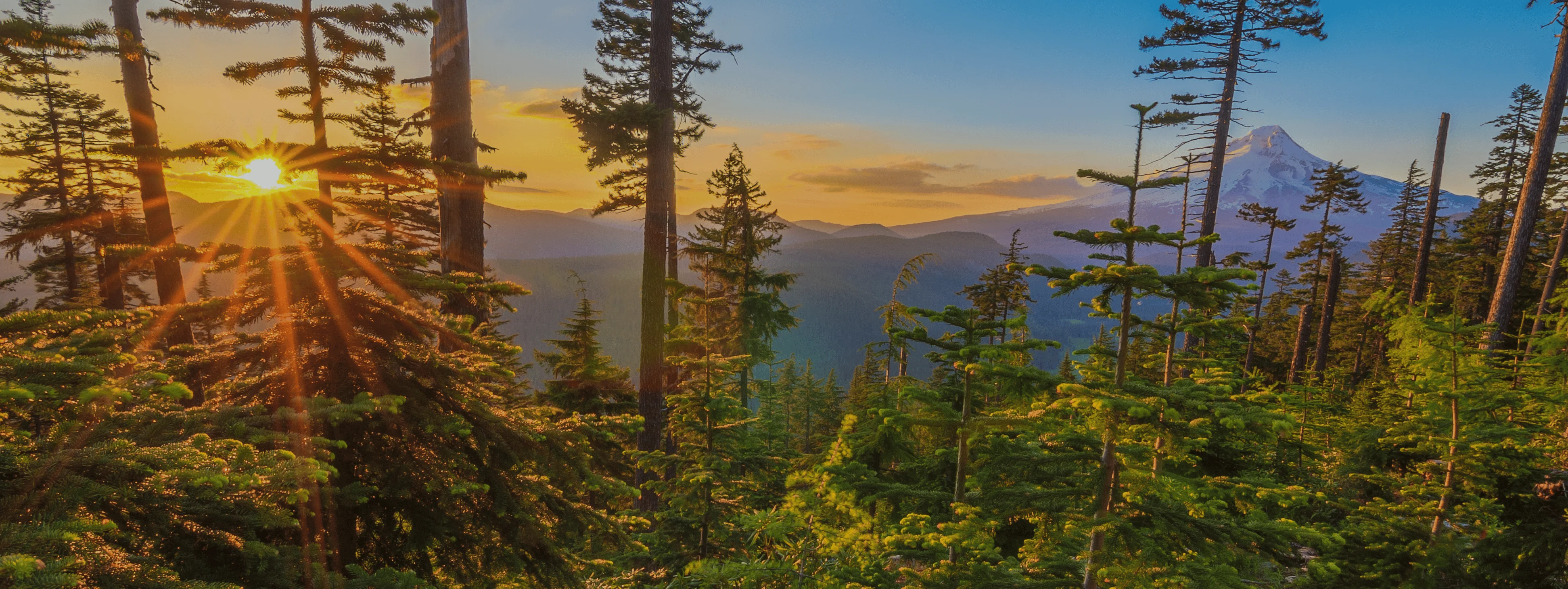
A well-structured forest consists of trees of different ages and sizes, including young, mature, and old-growth trees. Proper spacing between trees and a well-developed canopy structure allow for optimal light penetration, ensuring the growth and productivity of the forest.
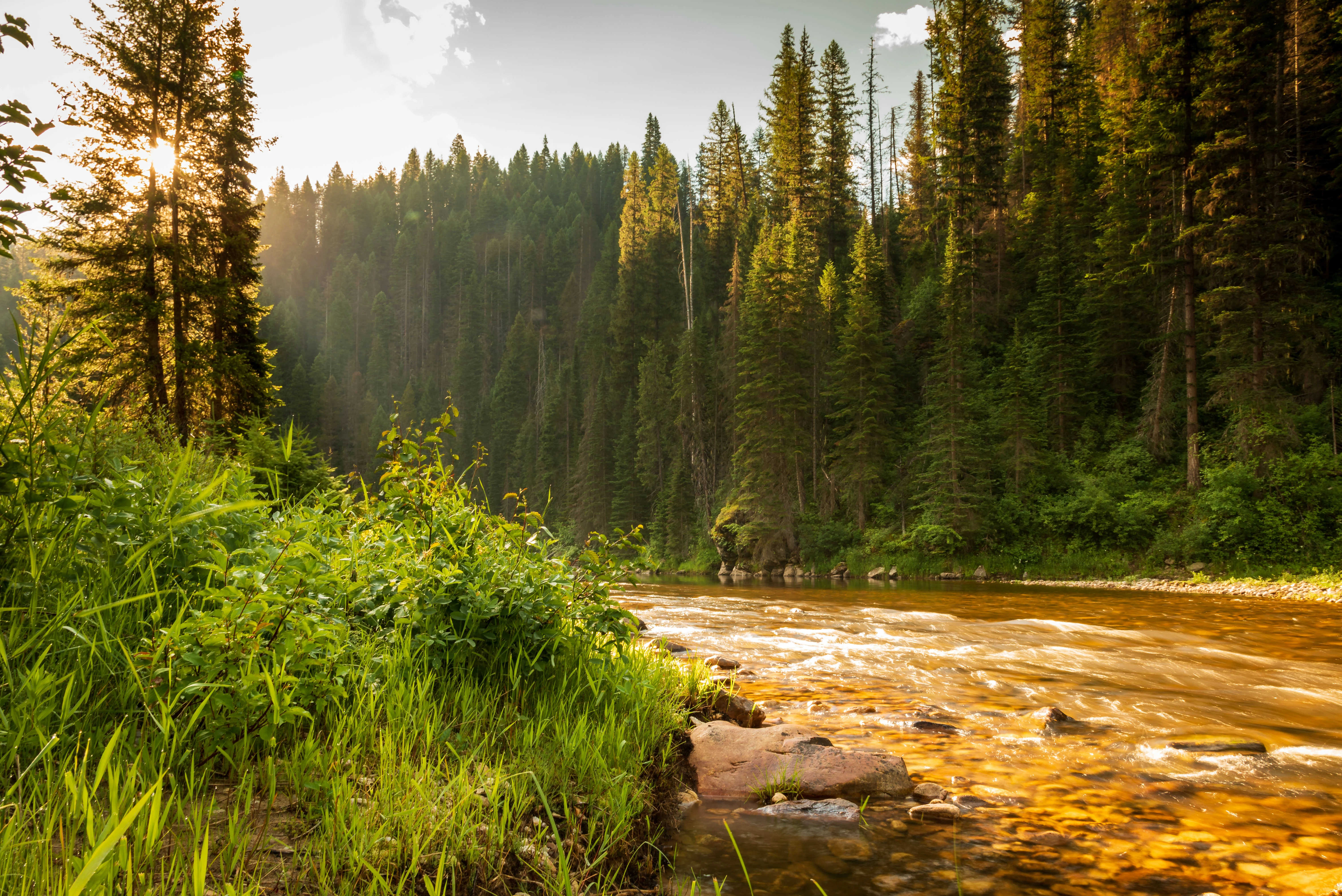
A healthy forest exhibits a natural cycle of regeneration, where new trees replace the older ones over time. It is essential to promote the establishment of desirable tree species and manage competing vegetation to facilitate successful regeneration.
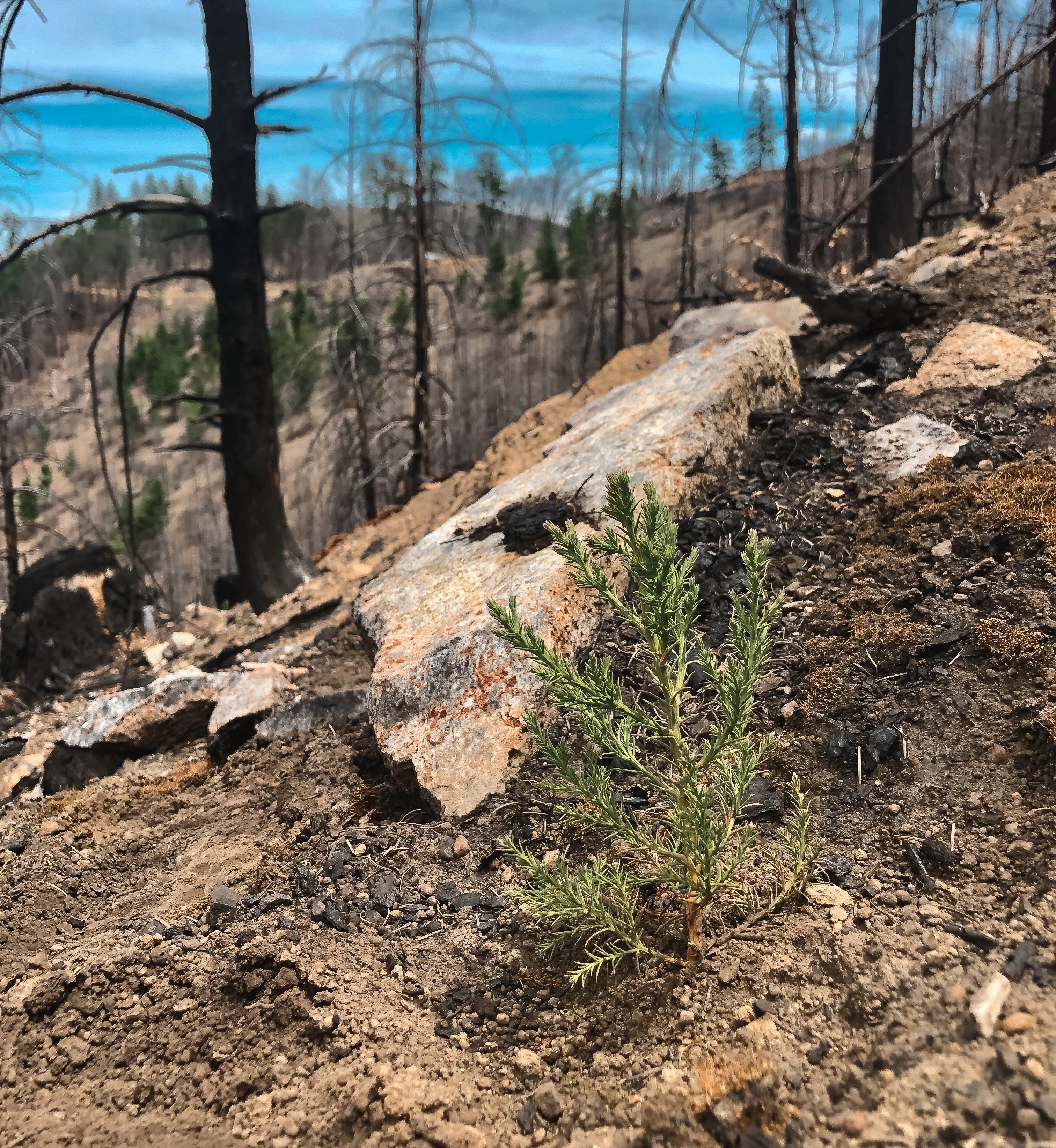
Healthy soils are crucial for the growth and vitality of trees. They provide essential nutrients, water-holding capacity, and a supportive root environment.
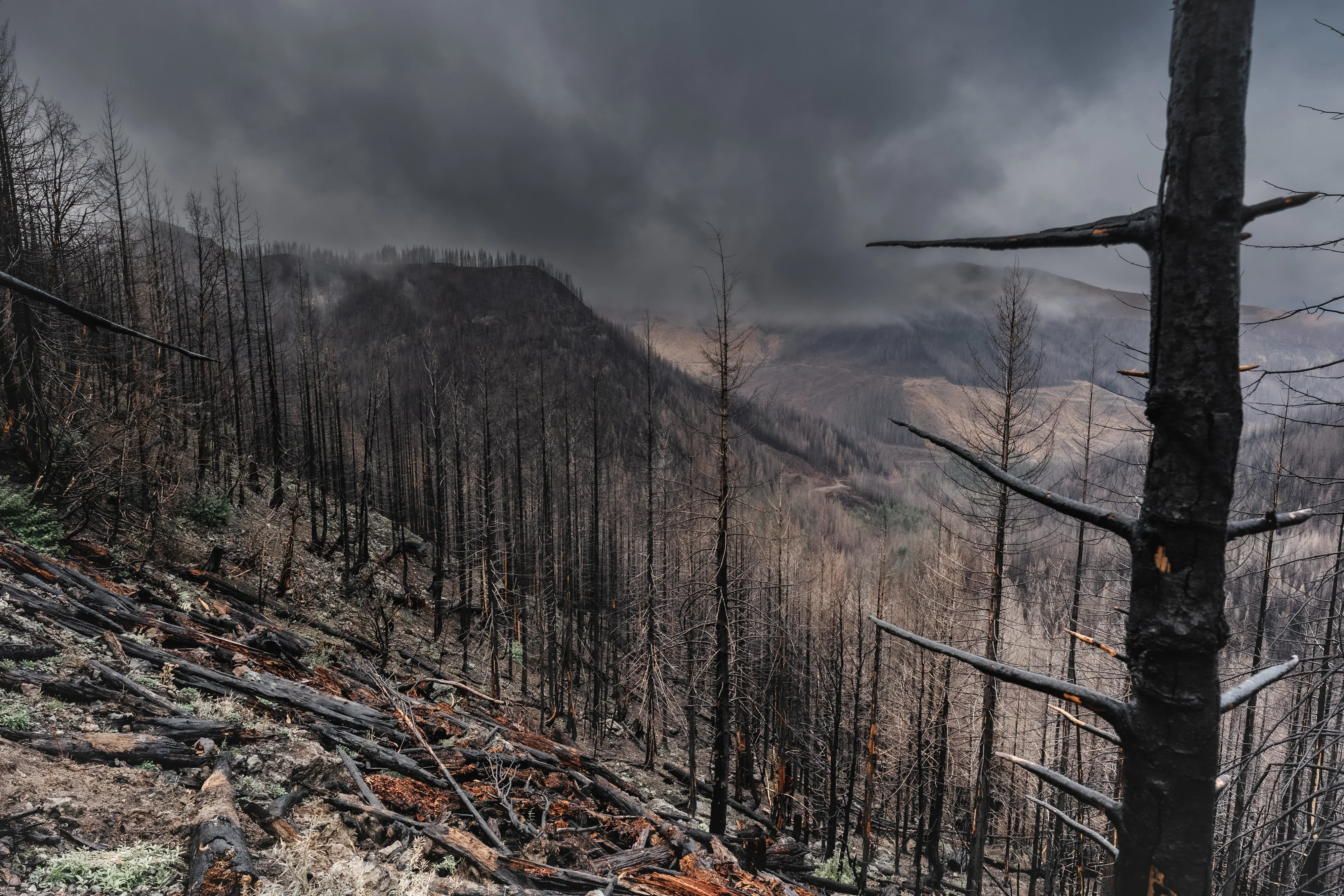
An overstocked, unhealthy forest (like the one above) is susceptible to devastating high severity burns. A healthy forest, in contrast, can withstand and recover from natural disturbances, such as wildfires, pests, or storms. This resilience can be fostered by promoting species diversity, managing forest density, and reducing the risk of potential hazards. Implementing sustainable forest management practices, like monitoring and adaptive management strategies, helps ensure the long-term health and adaptability of the forest.
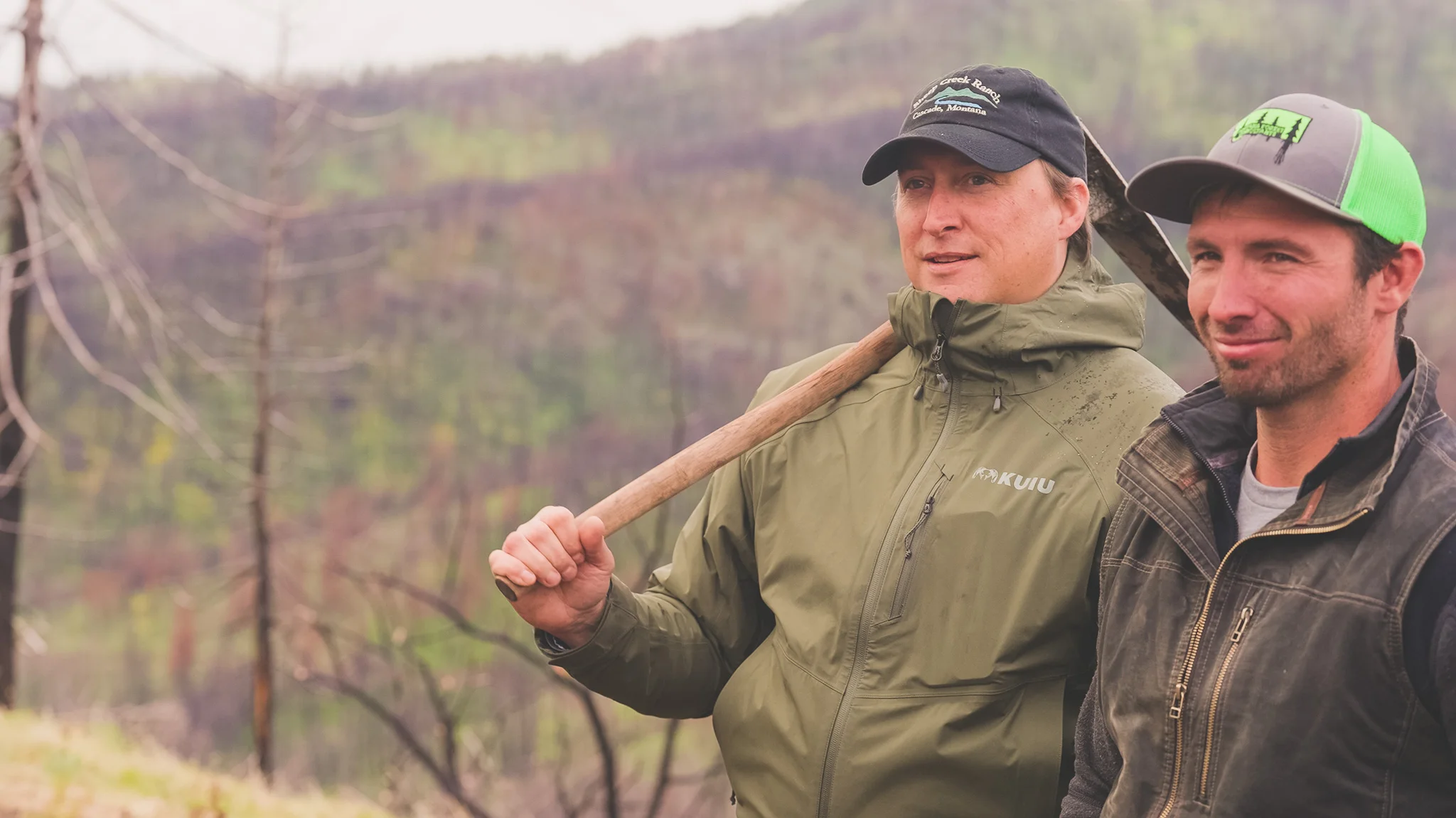
Engaging with forestry professionals, such as consulting foresters, can provide valuable guidance and expertise. These professionals can assist in developing management plans, implementing best practices, and navigating regulatory requirements to ensure the health and sustainability of the forest.
Why replant native tree species
Replanting native tree species after a wildfire is a proactive and responsible approach to forest management, and crucial to restore the ecological integrity of the forest. Forestry experts can provide valuable guidance on selecting the appropriate native species.
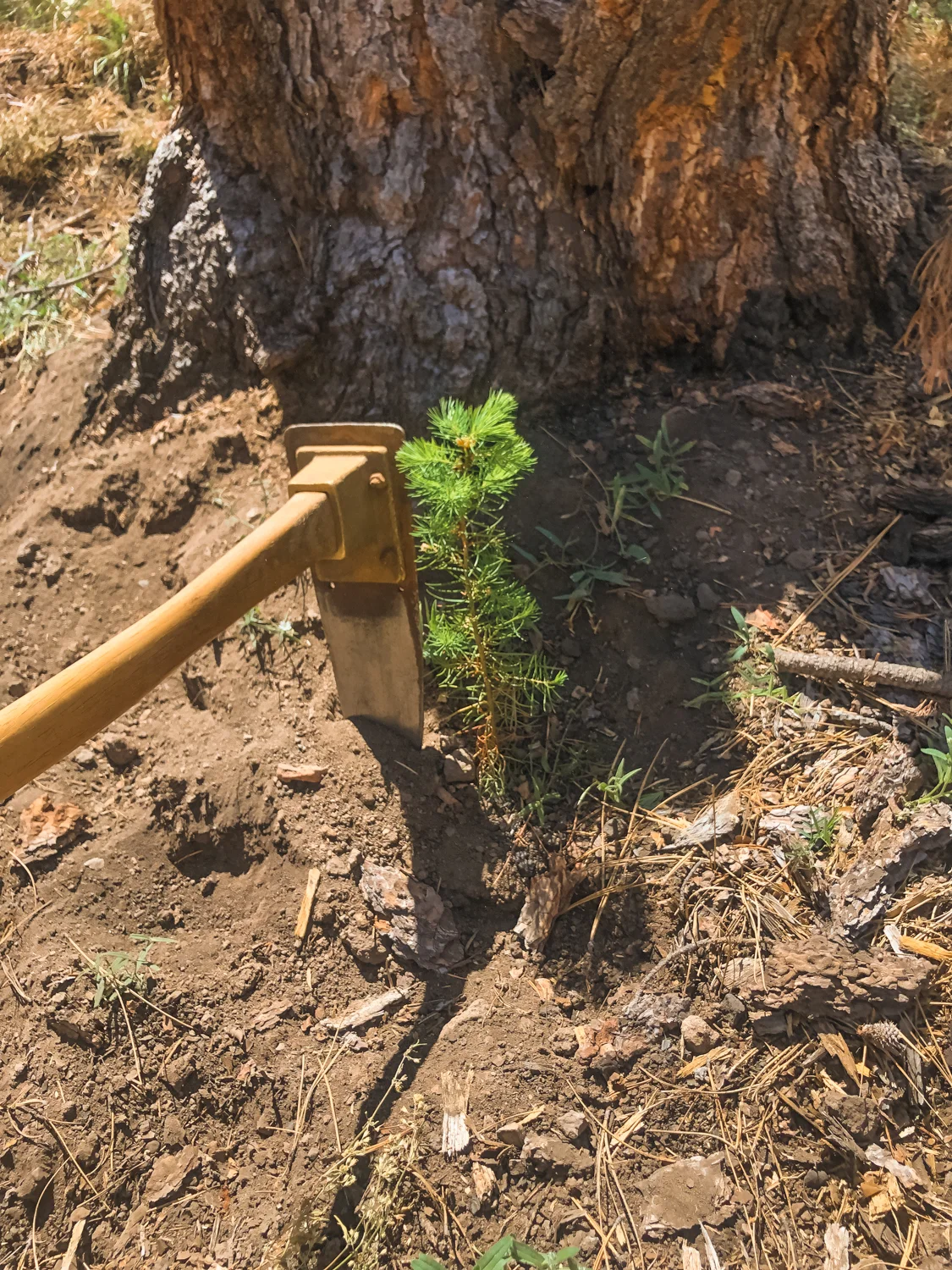
Bravo!
In addition to being adapted to the local conditions, native trees play a vital role in providing a diverse habitat and contribute to a thriving and sustainable ecosystem.
Not quite! While it is ultimately up to the landowner to decide what to plant, native species are known to provide an array of ecological benefits, including forest resiliency.
Not quite! While some people may think so, this is very subjective because, as they say, “beauty is in the eye of the beholder”
Key reasons why to replant native trees:
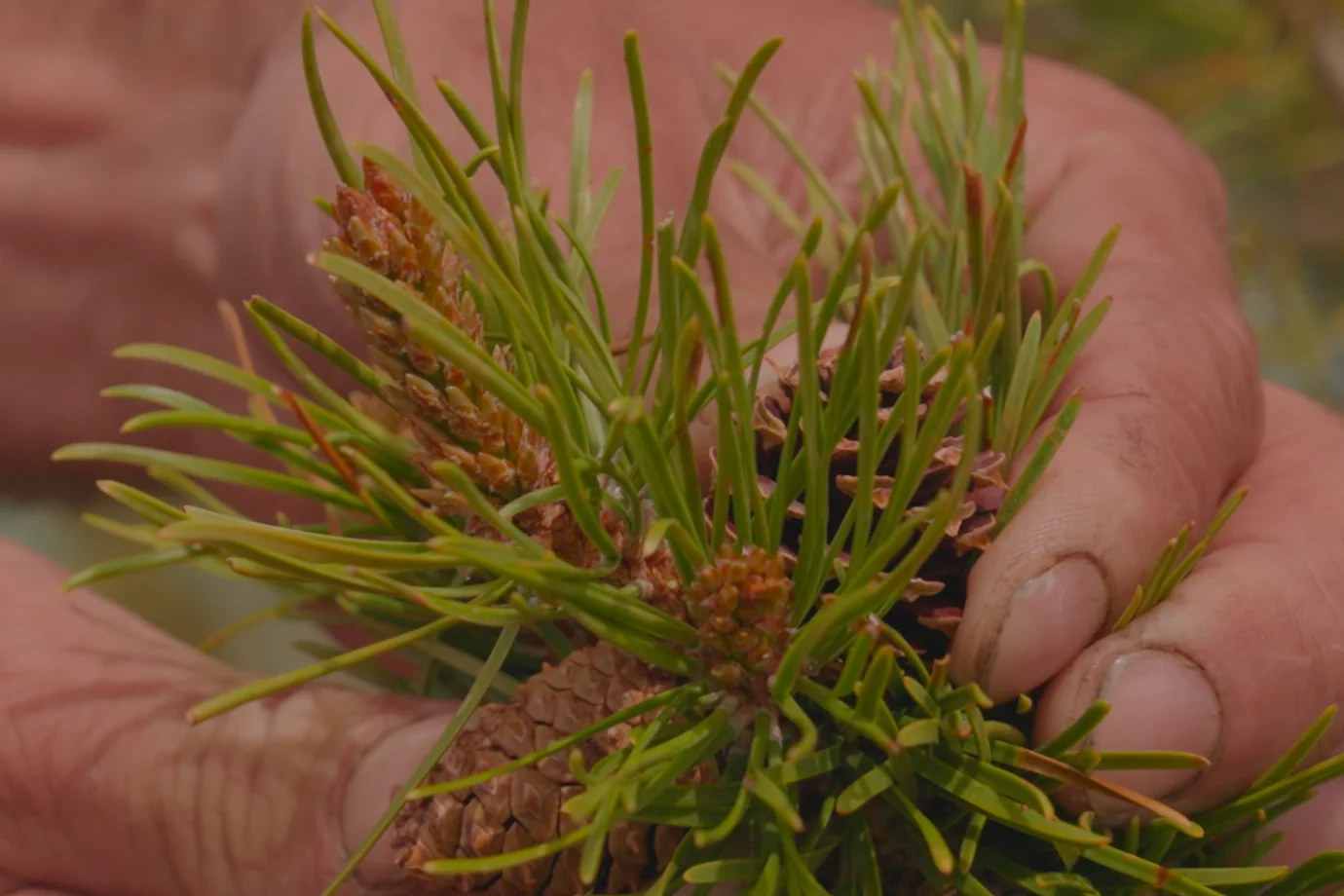
Native tree species have evolved over time to be well-suited to the local climate, soil conditions, and other ecological factors of the region. By replanting native species, you are restoring the forest with trees that have adapted to the specific environmental conditions of your land. These trees are more likely to thrive, withstand future disturbances, and contribute to a healthy and resilient ecosystem.

Native tree species play a vital role in supporting the diversity of plants, insects, birds, and other wildlife that depend on them for habitat and food sources. By replanting native trees, you are creating or preserving the unique habitat required by various species. This contributes to a thriving and sustainable ecosystem.
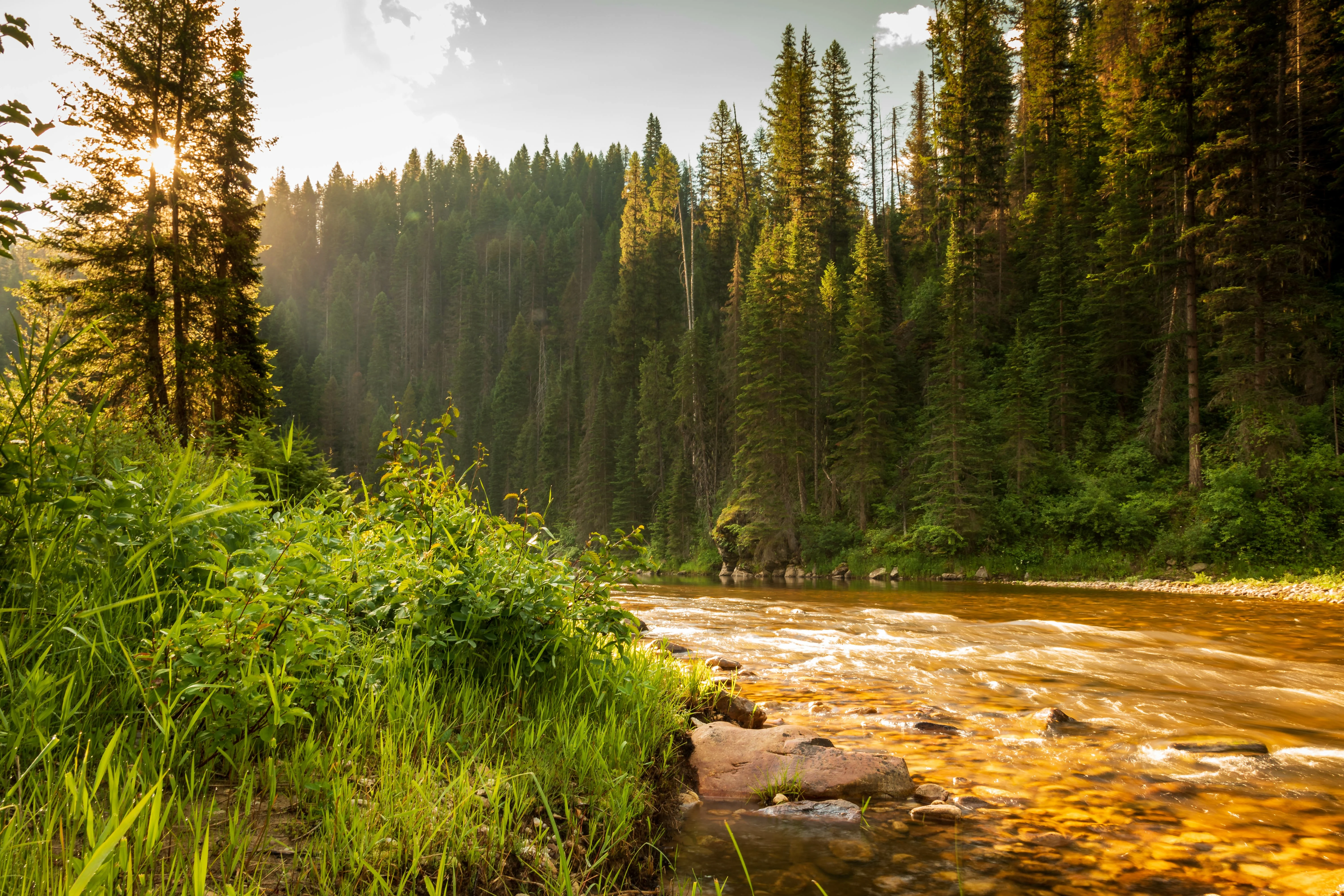
Native tree species often have deep and extensive root systems that help stabilize the soil, reducing erosion and the loss of valuable topsoil. They also contribute to nutrient cycling, as they have developed intricate relationships with the local soil microbiota and other organisms.
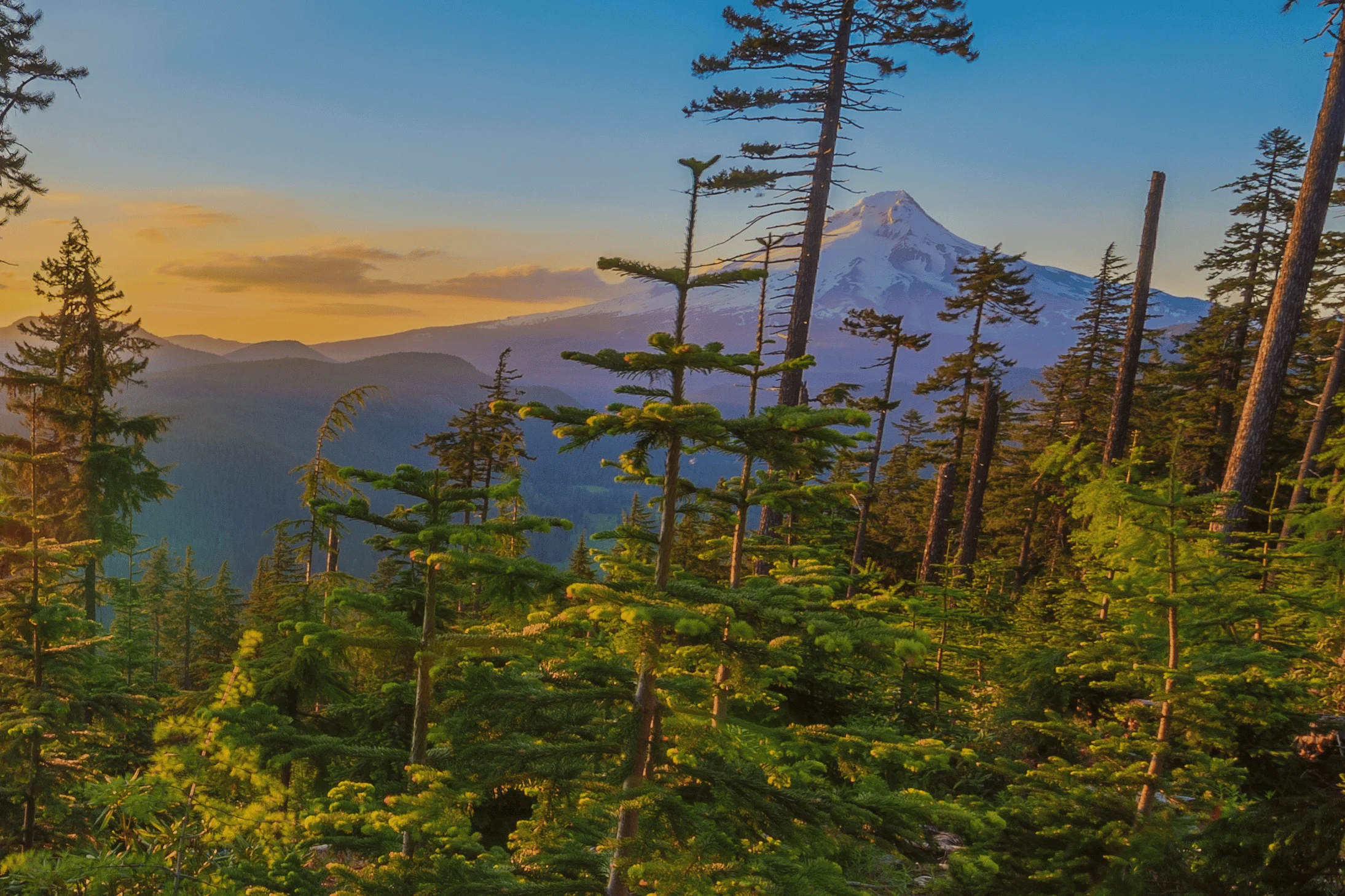
Native tree species are an essential component of natural forest succession – the process by which a forest recovers and regenerates after a disturbance, like a wildfire. By replanting native trees, you are facilitating the reestablishment of a diverse and resilient forest ecosystem. This improves the forest's ability to adapt to future disturbances and reduces the risk of future catastrophic events.
Work with an expert forester
Reforestation is challenging and complex. If you are a landowner - whether brand new or experienced - collaborating with a professional forester will help ensure your project is done right.
Working with local forestry professionals, land management agencies, university extension specialists, or environmental organizations can provide guidance specific to the project’s region.
Some public services may be available at no cost to landowners - check to see if a county conservation district or other local extension agency can help provide base level knowledge. A local consulting forester can also be hired to work with you at every stage of the reforestation journey.
Reach out to your local expert! If you're located in:
Are you a forester who wants to be on this list? Send us a message.
Who are consulting foresters, and why work with one
Many consulting foresters are a “jack of all trades" that help you at every stage, and will work with you on all of your specific needs.
In typical forest management, a consulting forester may assist with plan writing, timber sales, permitting, inventory and appraisal, coordination of contractors, and general advice.
With post-fire reforestation projects specifically, a consulting forester is someone local to your area that will visit your site and help with your specific needs. These independent professionals will help you understand your goals, find contractors, source seed and seedlings, secure funding, and coordinate crews during the physical work.
These experts will work directly with the nurseries, contractors, and crews to make sure your forest is restored successfully. In some cases, they may continue to work with landowners decades later to ensure the forest continues to be healthy and productive.
However, in some cases, landowners may have more complex or nuanced considerations that are not necessarily best managed by regional vendors of forestry services. University extension agents are a great resource to determine how best to address outlier or unique considerations for land management.
Reach out to your local expert! If you're located in:
Are you a forester who wants to be on this list? Send us a message.
Site prescriptions - what are they, and why do they matter
In silviculture, a prescription is a scheduled treatment(s) designed to manage the structure and composition of a stand to meet current land management goals. It will account for economic, ecological, and social objectives. The prescription will ensure the right quantity and mix of species are getting back on the landscape.
With post-fire reforestation, a prescription might include target density, existing trees, and species to be planted (eg: 50% Douglas fir 50% Ponderosa Pine).
How to prepare a reforestation plan
A well-thought reforestation plan will help ensure success from beginning to end. This is typically done by a forestry professional to be reviewed with a landowner. A proper plan will include objectives, property description (including access and recent activity), resources, and monitoring.
Landowners can work with a forestry expert to develop a comprehensive reforestation plan. This plan should factor in your specific needs and goals (habitat, timber production, longevity), and site-appropriate tree species for your area.
Keep in mind actual timelines will vary depending on seed availability, funding, weather conditions, project size and complexity, and other factors.
This starts as soon as you reach out to an expert or reforestation provider
If needed; Typically occurs in the fall; Dependent on crop availability
Typically occurs in the fall
Typically occurs in winter / spring
Timing dependes on geography. On the west coast, typically occurs in winter/spring
You can't rush nature
This information is integral to monitoring and next steps
If applicable
How we prepared this topic
Reforestation.fyi has strict sourcing guidelines and relies on peer-reviewed studies, academic research instituions, and registered professional foresters. You can learn more about how we ensure our content is accurate and current by reading our editorial policy.
Reforestation.fyi aims to provide generalized information that is accurate for a broad audience, concentrating on foresters and the landowners they serve, especially those restoring land affected by wildfire. The source material has been vetted, and typically comes from a group of academic experts and/or practitioners. All sources used to generate material are linked in the topic sections directly, or in the “Resources'' section at the end of each topic. In an effort to keep the content engaging and accessible, the information deemed most critical has been extracted. Further detail on a given topic can be found in the source material. If you find information to be missing or inaccurate, please contact us via the link at the bottom of the page or email: [email protected].
Reforestation is expensive, upwards of tens of thousands of dollars. Costs will be driven by regional differences in species, planting density, project size, site preparation, and other factors.
6 Min Read
How much should a landowner expect to pay to replant after a wildfire
Reforestation is expensive, upwards of tens of thousands of dollars. Costs will be driven by regional differences in species, planting density, project size, site preparation, and other factors.
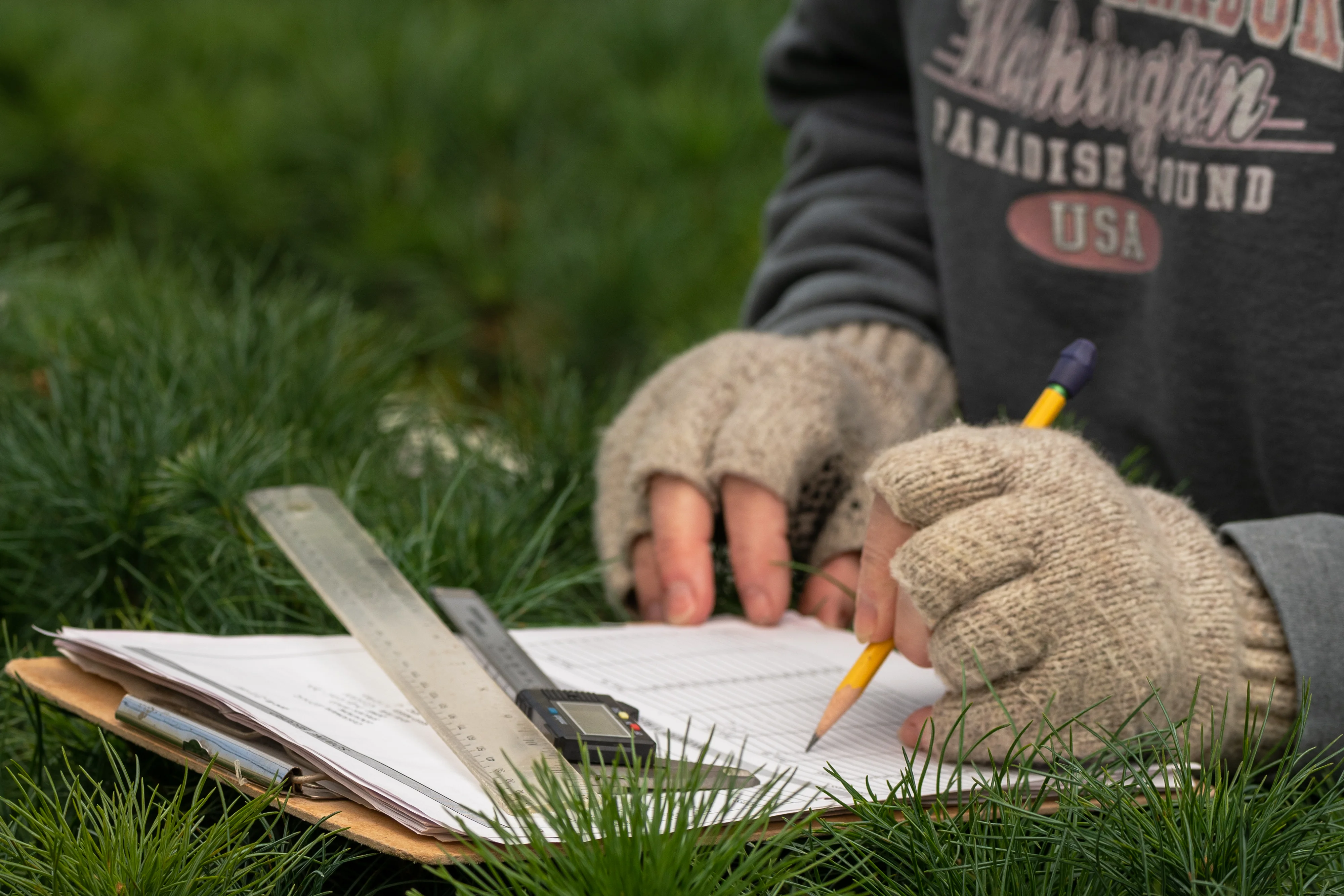
Not quite! With costs for seed, seedlings, planting labor, monitoring, and other expenses, reforestation will cost more than $100 per acre.
Not quite! With costs for seed, seedlings, planting labor, monitoring, and other expenses, reforestation will cost more than $500 per acre.
Bravo!
Reforestation is expensive. Although costs are driven by size, species, planting density, and other factors, you can generally expect to pay at least $1,000 per acre.
According to a 2021 study, reforestation can cost upwards of $1,000 - $1,700 per acre. Read more: Challenges to the Reforestation Pipeline (Fargione et al)
Although financial returns can take several years to decades, ensuring successful forest recovery will lead to long term viability and productivity of the forests. However, due to economies of scale, smaller properties will likely need to rely on government assistance and cost share programs.
Funding options, such as grants, may be available, but these often require expertise and time, and sometimes require existing funds. This can lead landowners to take no action, as shown in a 2018 study that found one-third of those interviewed would not have reforested if it were not for a specific program through their county’s Resource Conservation District (Waks et al. 2018)
Why reforestation is so expensive
Reforestation is a significant investment because it is so much more than just planting trees. These costs are driven primarily by the size of the site and how challenging it is to access and work in. Costs should include preparing the site for planting, cost of seedlings, labor, monitoring, and other contracting services.
Five essential expenditures for reforestation:
While costs can be significant, they are essential investments for the long-term health and productivity of your forest. Reforestation not only restores the ecological functions of the forest but can also provide future economic returns through timber production or carbon sequestration.
Read about options that may be available
There are options for financial assistance when it comes to post-fire reforestation. These will vary in amount and timeframe. They can include government assistance, as well as additional mechanisms such as carbon removal projects.
Consulting foresters will help secure financial assistance for landowners, and in some cases the funding assistance provided may require working with a registered professional forester (RPF).
Options for funding can include:
Reach out to your local expert! If you're located in:
Are you a forester who wants to be on this list? Send us a message.
How we prepared this topic
Reforestation.fyi has strict sourcing guidelines and relies on peer-reviewed studies, academic research instituions, and registered professional foresters. You can learn more about how we ensure our content is accurate and current by reading our editorial policy.
Reforestation.fyi aims to provide generalized information that is accurate for a broad audience, concentrating on foresters and the landowners they serve, especially those restoring land affected by wildfire. The source material has been vetted, and typically comes from a group of academic experts and/or practitioners. All sources used to generate material are linked in the topic sections directly, or in the “Resources'' section at the end of each topic. In an effort to keep the content engaging and accessible, the information deemed most critical has been extracted. Further detail on a given topic can be found in the source material. If you find information to be missing or inaccurate, please contact us via the link at the bottom of the page or email: [email protected].
A healthy forest means finding the right seed and seedlings for the project.
10 Min Read
Why it matters to get the right seed
Successful reforestation starts with finding the right seed. This includes seed that is from native species, and is locally sourced from the same or similar environmental conditions of the project. This will give the trees the best chance for survival.
Finding the right seed for your site is critical to ensure a successful reforestation project. This is done through matching seed that is sourced from a similar ecological region and adapted to the specific environment and climate of the project site (see the topic on “seed zones”)
For non-industrial landowners, consulting foresters will typically find seed for the project. Seed is usually sourced through orchards or collected from the wild. Unfortunately, native tree seed is in short supply, especially for non-industrial landowners, and acquiring the right seed may delay the project. However, there are several viable options available for acquiring native tree seed. The forester will either purchase the seed directly (likely from a nursery), or work with a partnering organization to collect the seed on behalf of the project/landowner.
This can be a time-intensive and expensive part of the project. However, sourcing the appropriate genetic material is critical for success. While seed from orchards can play a role in reforestation, finding wild-collected seed can benefit the project with material genetically adapted for that specific environment. Read more about this in the “seed zones” topic
What to do if you can't find seed for your project:Scroll down to learn more about Suitable Seedlings.
Need Seed?Reach out to an associated nursery with any questions or inquiries:
See seed? Get started by downloading our Cone Scouting Guide
What is a “seed zone” and why should I care?
Tracking where seed is sourced from helps the right seed get to the right place, which is critical for a tree’s survival. Seed zones were developed by foresters to spatially categorize seed sources and lower the risk when replanting. It may be possible to transfer or migrate seed across zones, but this should be done with care.
Ideally, seed in reforestation goes back to the same zone it came from. The differences among trees – even among the same species – are established by genetic variability and environmental factors. These distinctions are important to consider when selecting seed. Foresters in the 1920’s-1940’s realized the importance of tracking seed source from large-scale planting projects following wildfires. In the late 1960’s and 70’s seed zone maps in Oregon were developed by foresters knowledgeable in topography, weather, climate, and tree growth. These seed zones are still used on the US west coast to decrease the risk and give seedlings greater chance of survival.
Unfortunately, tree seed supplies are limited, especially for non-industrial landowners. Therefore, projects may rely on seed from adjacent zones if available, or seed migration (sometimes referred to seed transfer).
More about seed migration: Transfering seed between zones should be done with great consideration, and a decision made in agreement by expert forester and landowners. The associated risk should be assessed based on “environmental distance” rather than strictly geographic distance. In other words, looking at things like temperature, precipitation, and elevation. Guidelines have been developed based on field tests for a variety of species and environmental conditions, and accounting for climatic variables, mainly temperature and precipitation.
If guidelines for a specific species are unavailable, the general guidelines are:
The above guidelines are based on recommendations from the Oregon Department of Forestry for Western Oregon.
In the US, there are tools to assist with the migration decision. Due to the complexity of these tools, it is recommended that these tools be used by a professional:
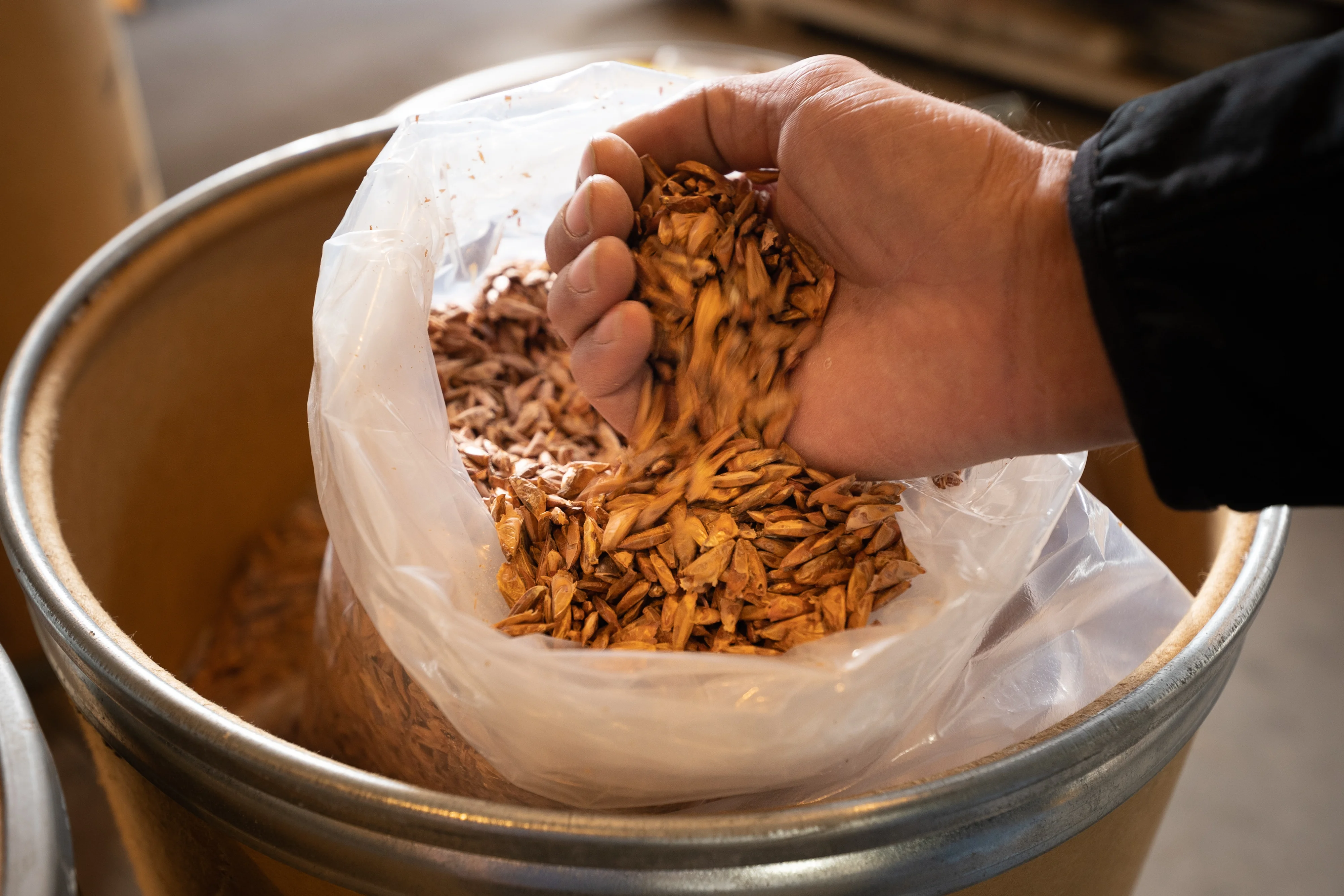
Not quite!Seed zones are important, and were developed by foresters after wildfires in the 1920’s-1940’s to track seed sources for large-scale planting projects after wildfires.
Bravo!
Seed zones were developed to help track ecological niches for seed, and lower the risk of dieoff when replanting.
Not quite! While this is data you will need, seed zones do not provide this specific information.
Getting the right seedlings
Seedlings in a nursery should be grown with full considerations of objectives and site conditions. You will want to consider the soil, amount of precipitation, slope and aspect.
For landscapes with torched soils specifically, looking for seedlings with a greater root versus shoot mass have the possibility to exhibit greater survival.
The Target Plant Concept provides a framework for producing and handling seedlings, and helps with planning reforestation projects, coordinating with nurseries, and choosing the right materials and techniques for landowner objectives.
For more information about the different types of seedlings that can be grown in a nursery, read the “stocktypes” section Button
What to expect in this process.
Once the species and quantity are determined, and seed is procured, the seedlings will need to be ordered and grown in a nursery. Typically, a consulting forester will work directly with the nursery to ensure this work is completed. They will also manage the contract, including shipping logistics.
It can take one to three years for the seedlings to grow in a nursery before they are ready for planting (and this is if the seed is available).
If you do not have seed, the nursery may be able to work with you to source or collect. However, this can delay the project further.
Once seedlings are inspected and deemed ready, they are available for delivery. This is a critical stage which can affect seedling quality. Proper planning of seedling transportation will decrease costs and improve chances for survival.
Looking to order seedlings?Reach out to an associated nursery with any questions or inquiries:
What is a stocktype, and what common forms are out there?
Put simply, stocktype refers to seedlings (stock) produced based on the container (type) it was grown in. The stocktype will convey a seedling’s age and the method it was produced (container, bareroot, transplant, etc).
Naming Convention
You will likely see stocktypes expressed in a two-part code (ex: 1+0, P+1) or dash (ex: 1-0, P-1).
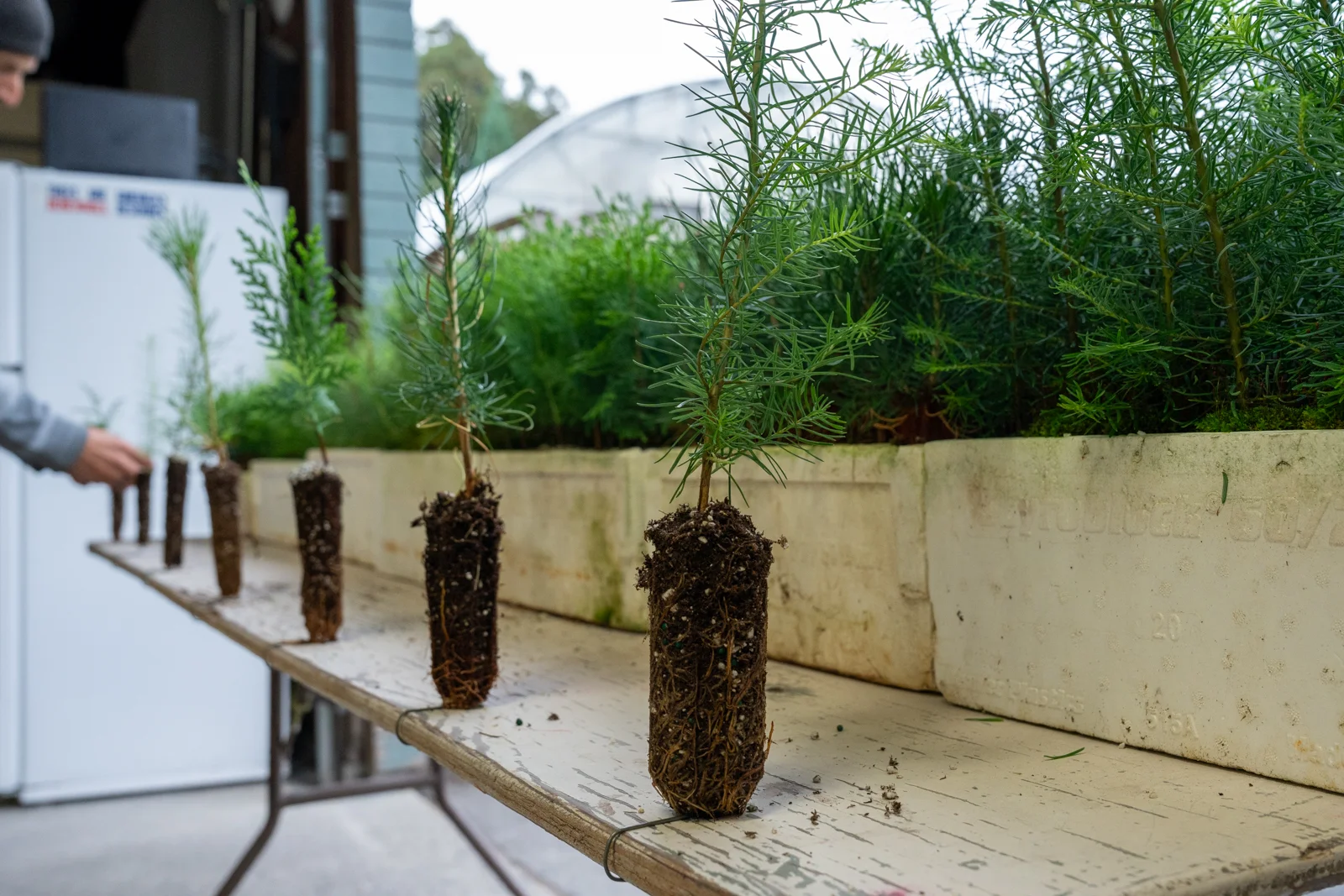
Not quite! 2A is a common stocktype. It is a starter plug size for transplant seedlings.
Not quite! 15 is a common stocktype. It is good for deep soils, with high risk of environmental damage (snowpack, browsing, vegetation)
Bravo!
9 is not a common stocktype for conifer trees in nurseries.
Not quite! 4A is a common stocktype. It is good for remote locations with poor access.
How we prepared this topic
Reforestation.fyi has strict sourcing guidelines and relies on peer-reviewed studies, academic research instituions, and registered professional foresters. You can learn more about how we ensure our content is accurate and current by reading our editorial policy.
Reforestation.fyi aims to provide generalized information that is accurate for a broad audience, concentrating on foresters and the landowners they serve, especially those restoring land affected by wildfire. The source material has been vetted, and typically comes from a group of academic experts and/or practitioners. All sources used to generate material are linked in the topic sections directly, or in the “Resources'' section at the end of each topic. In an effort to keep the content engaging and accessible, the information deemed most critical has been extracted. Further detail on a given topic can be found in the source material. If you find information to be missing or inaccurate, please contact us via the link at the bottom of the page or email: [email protected].